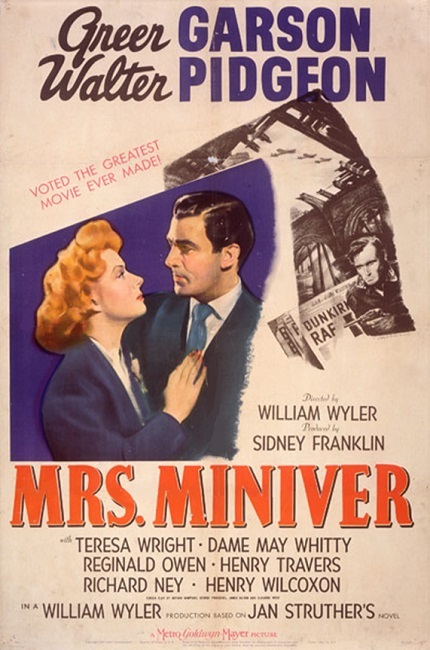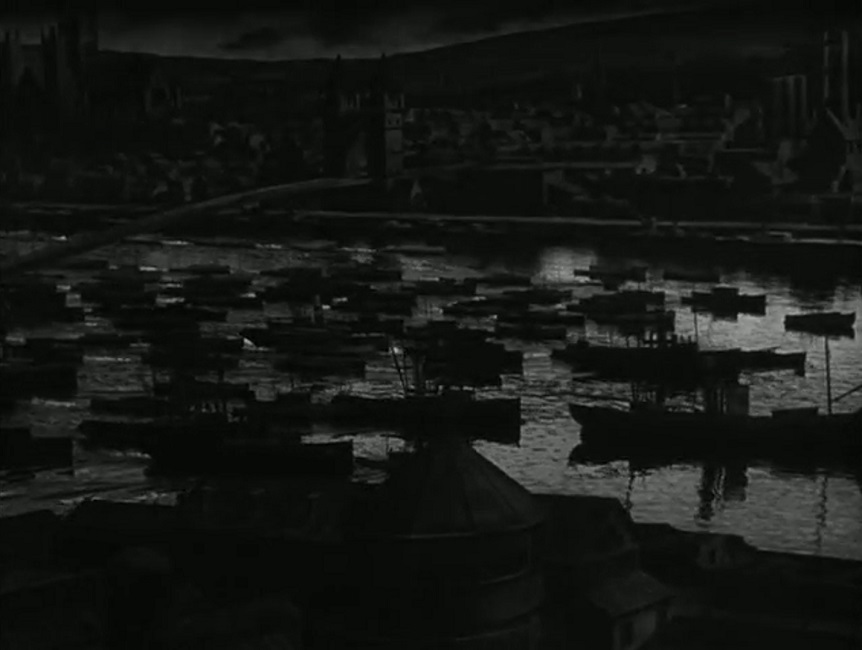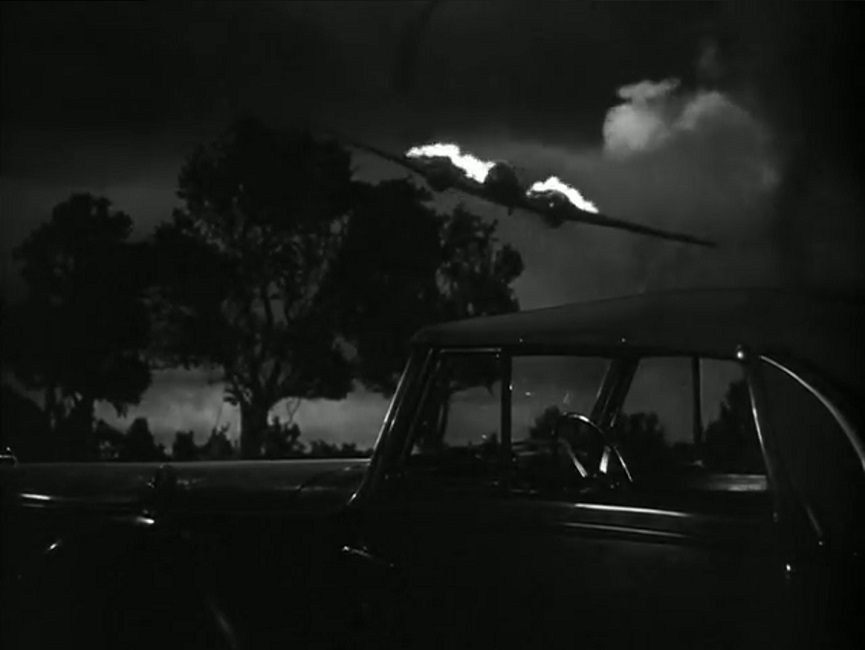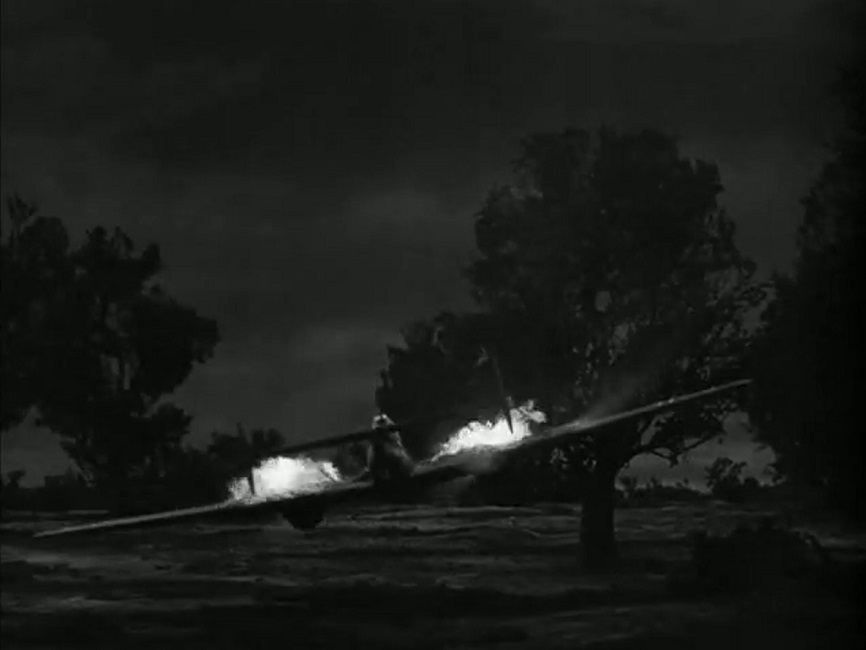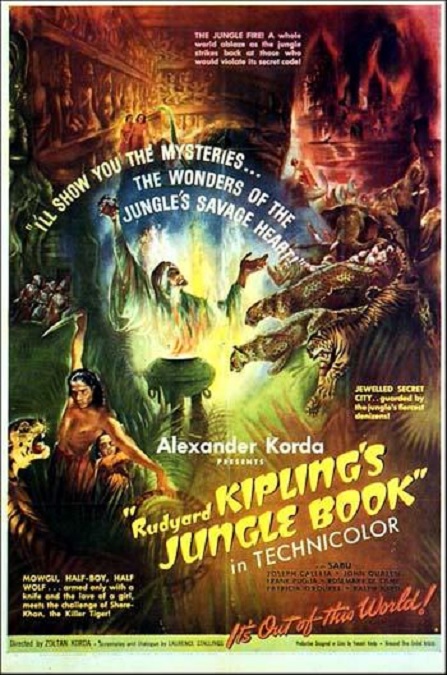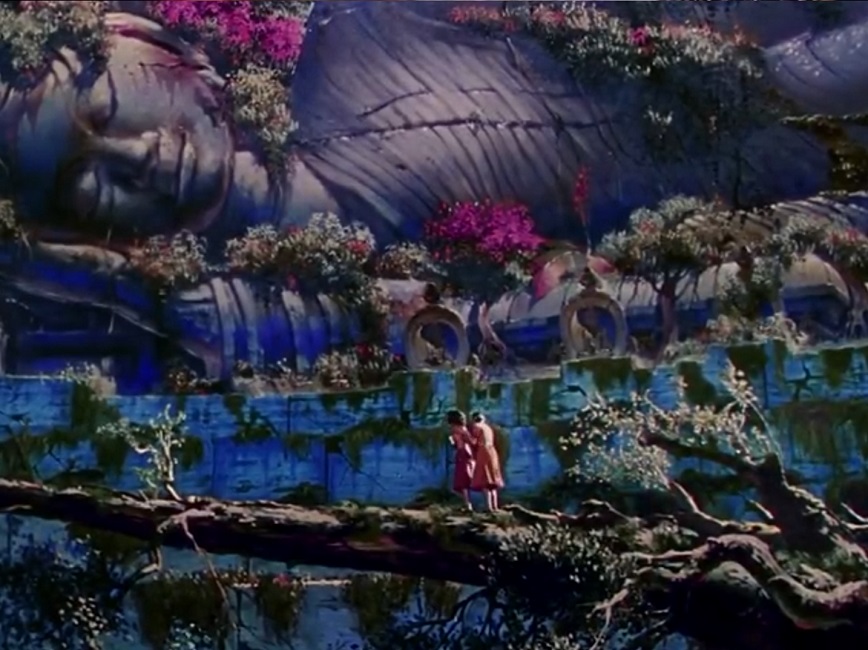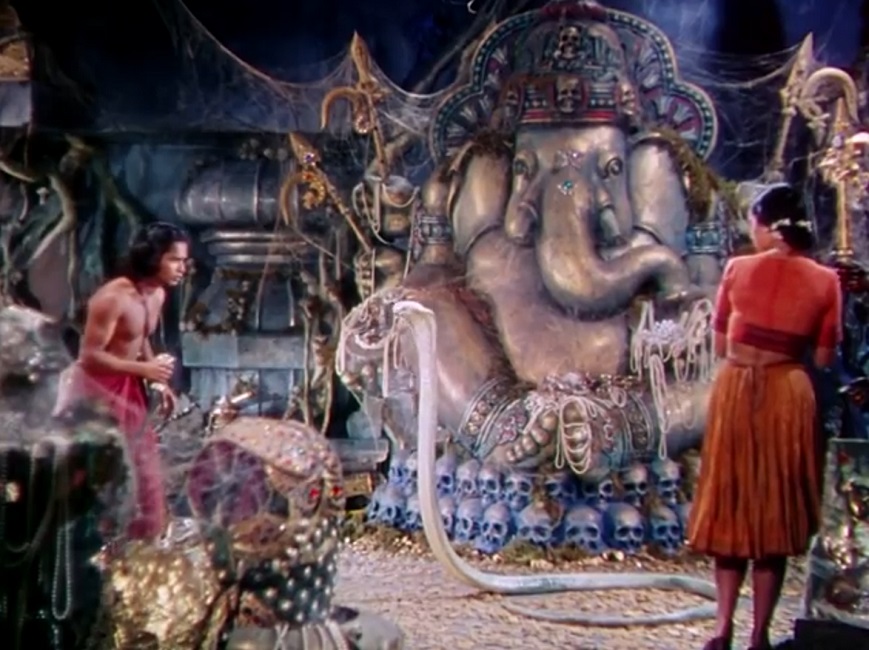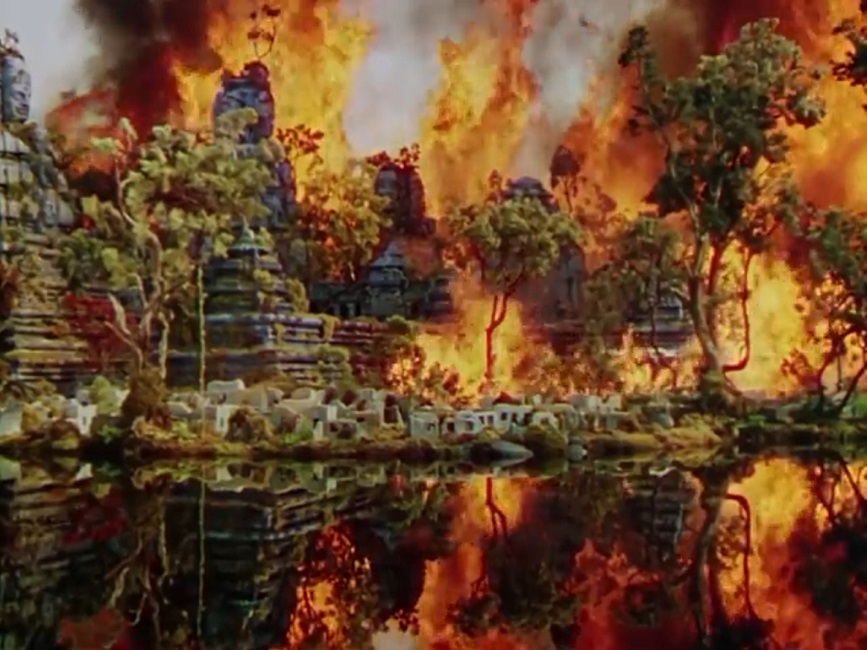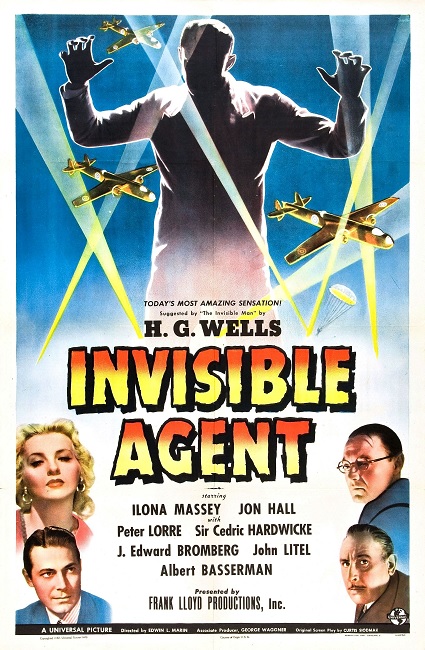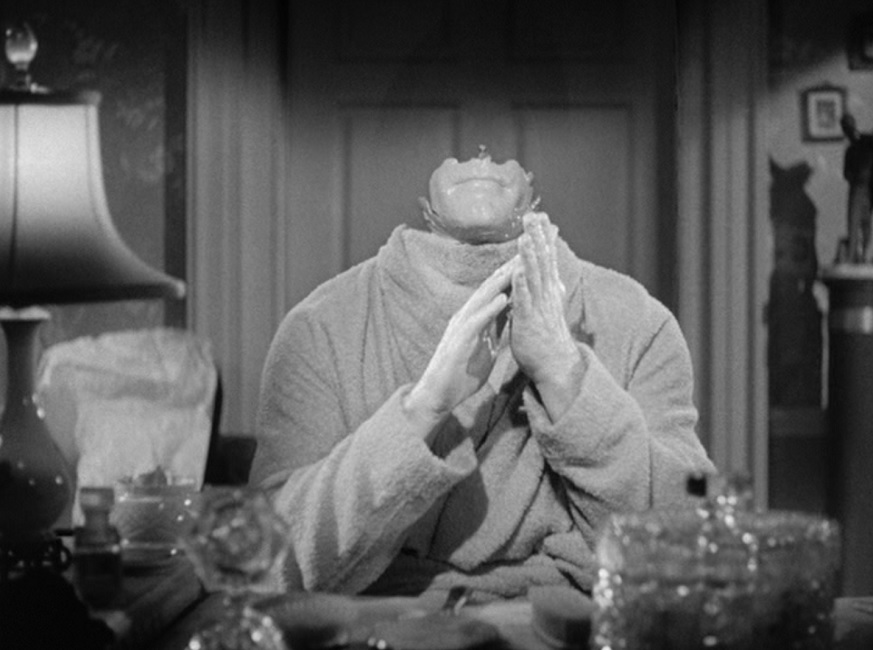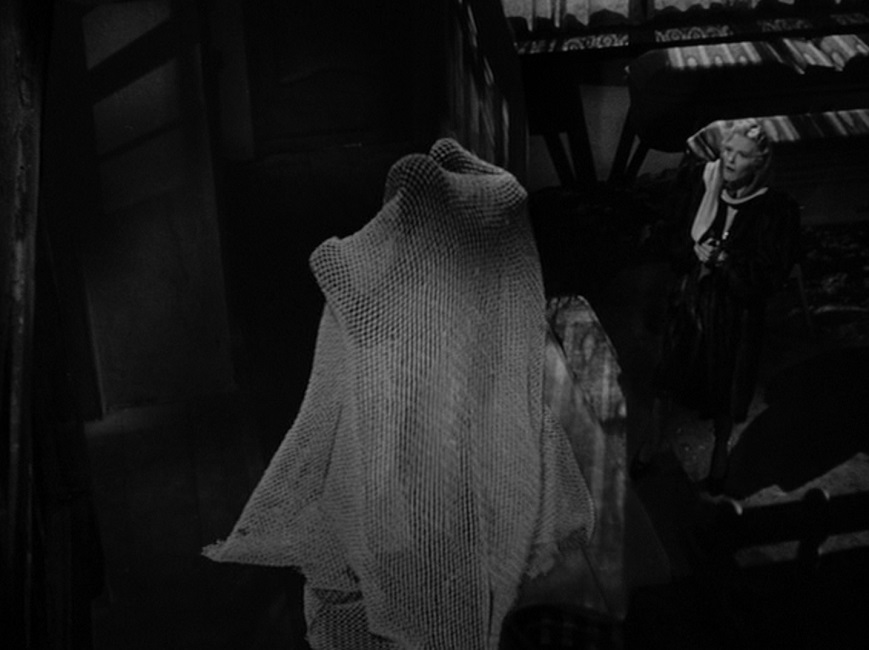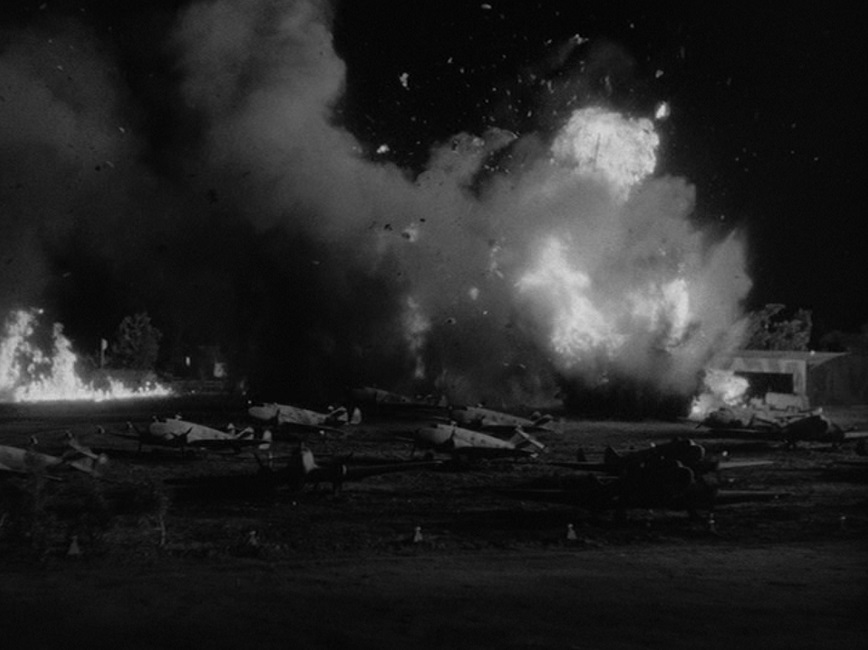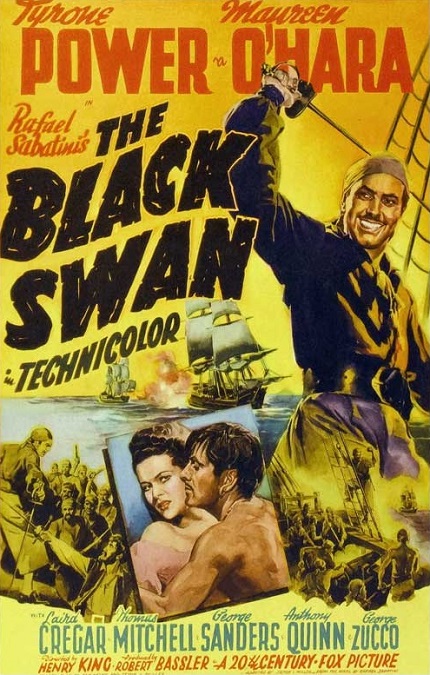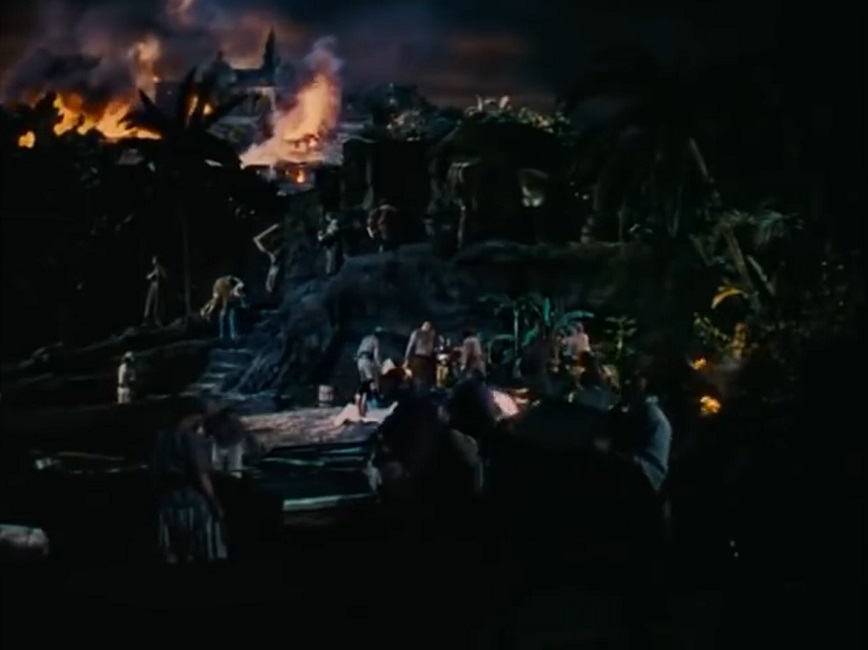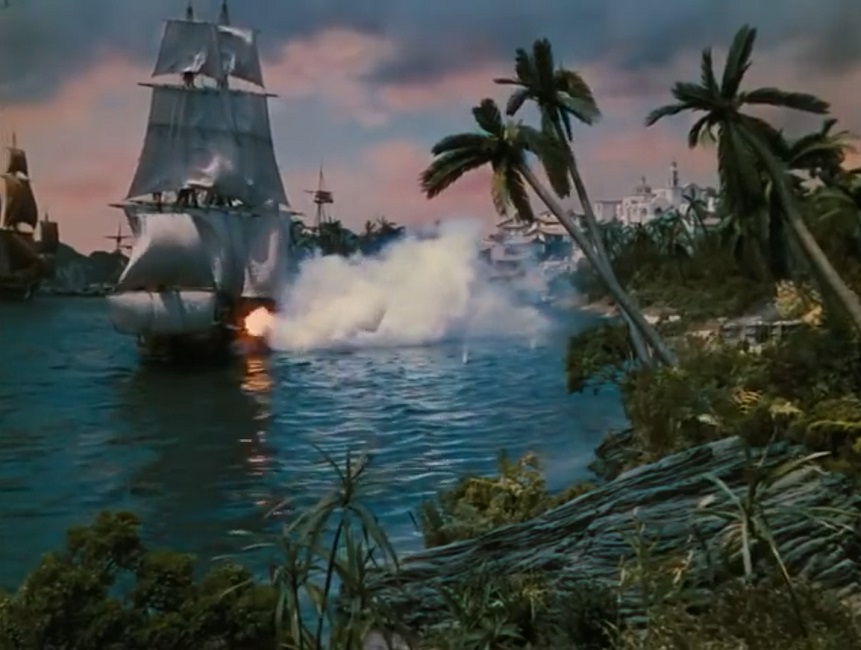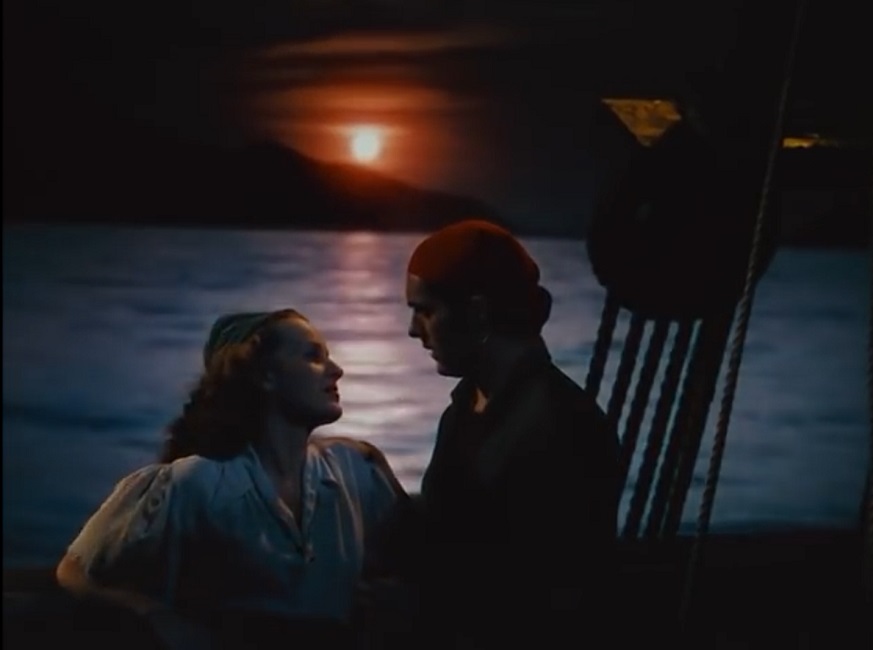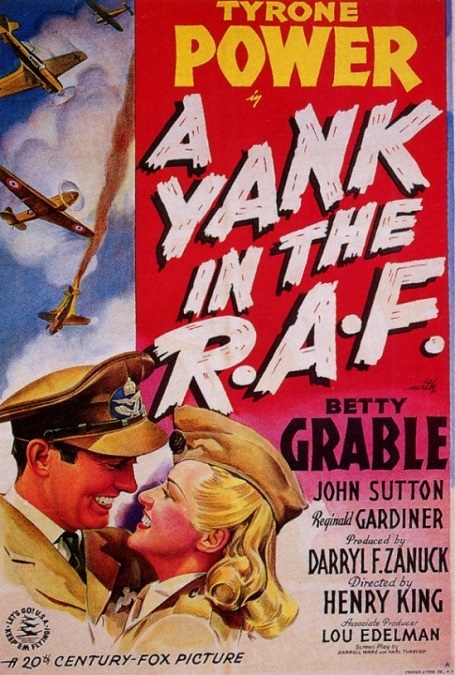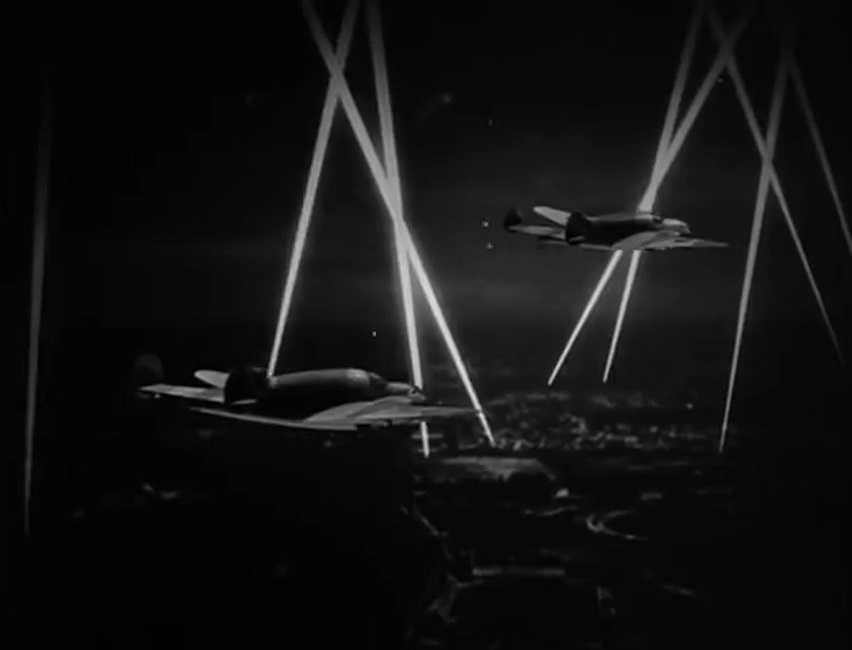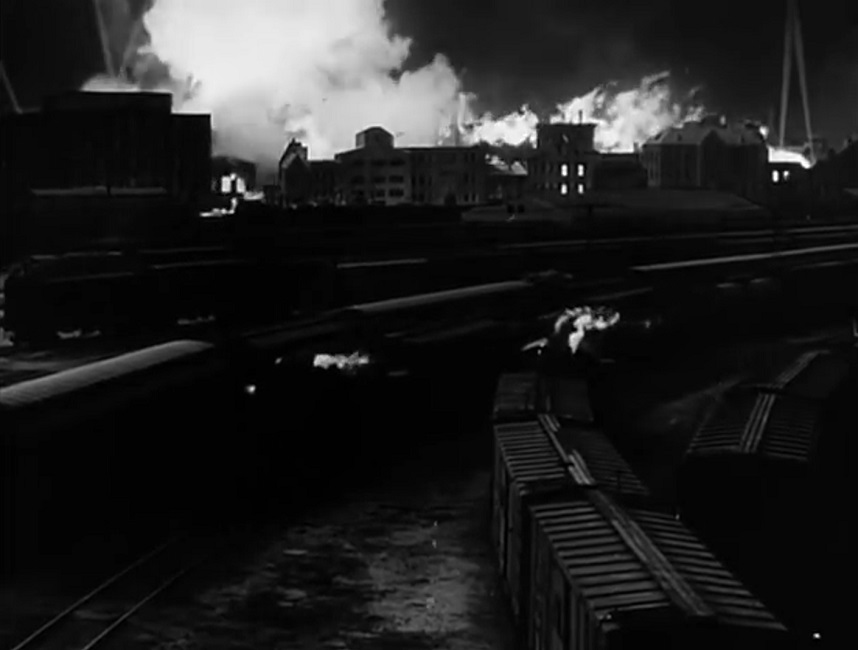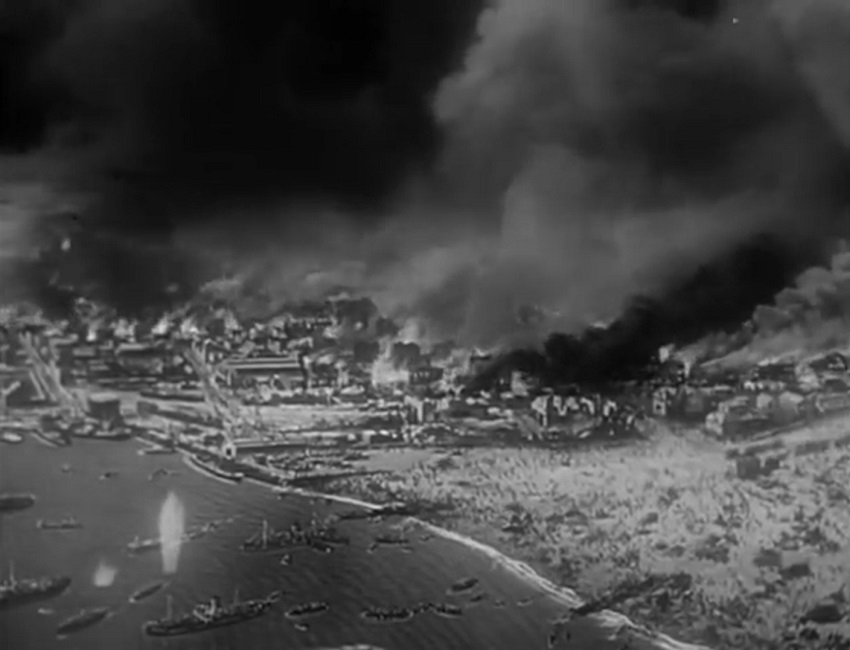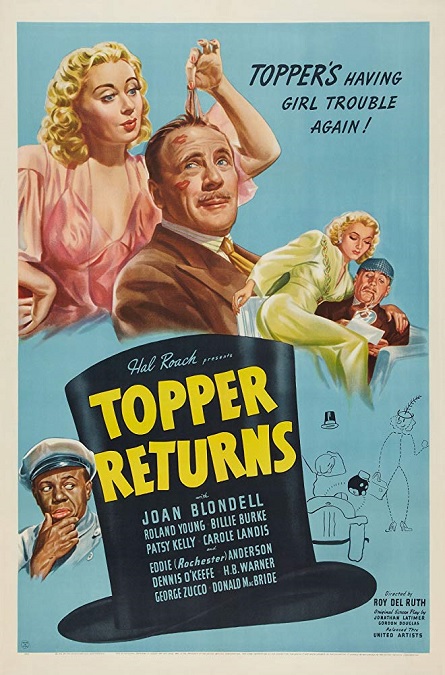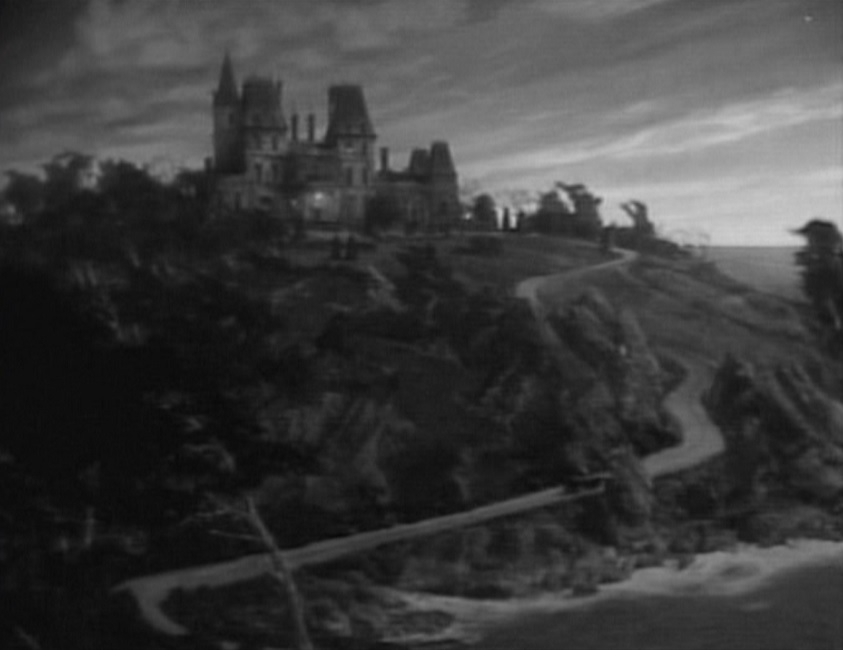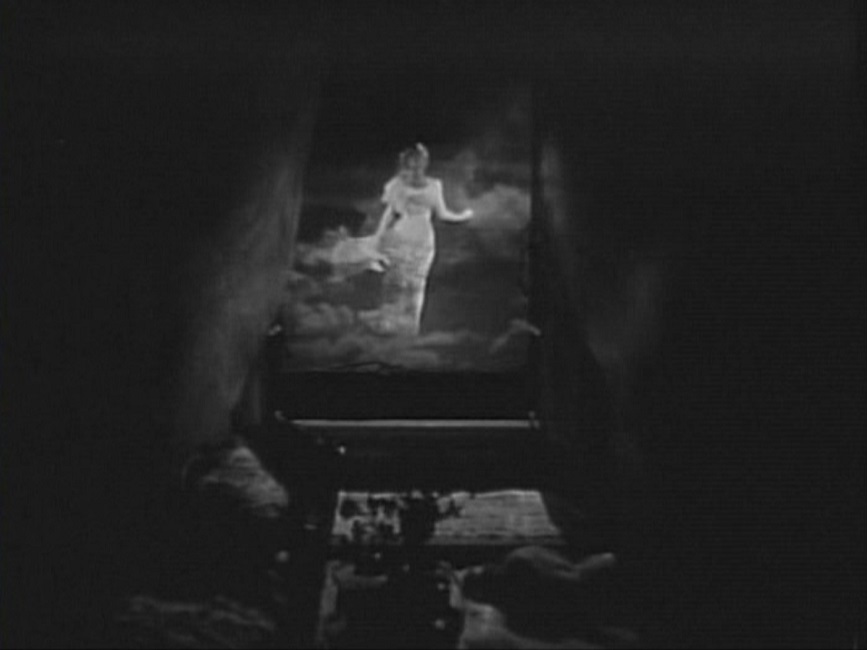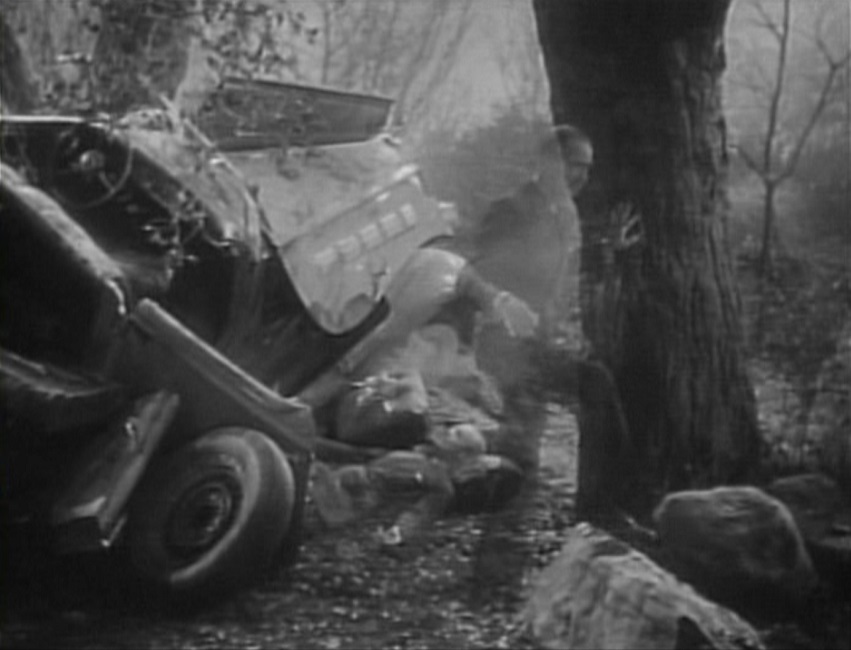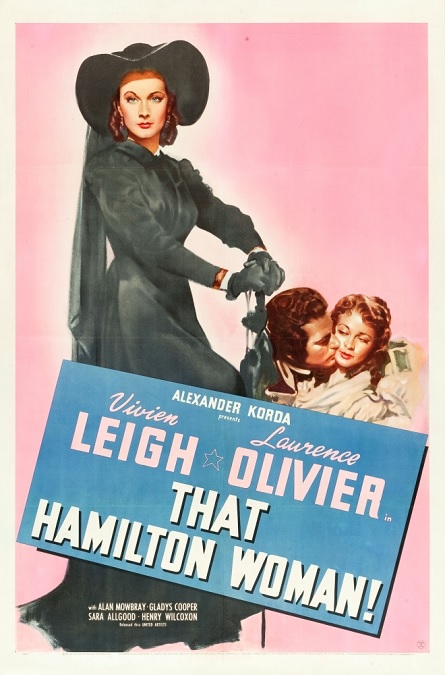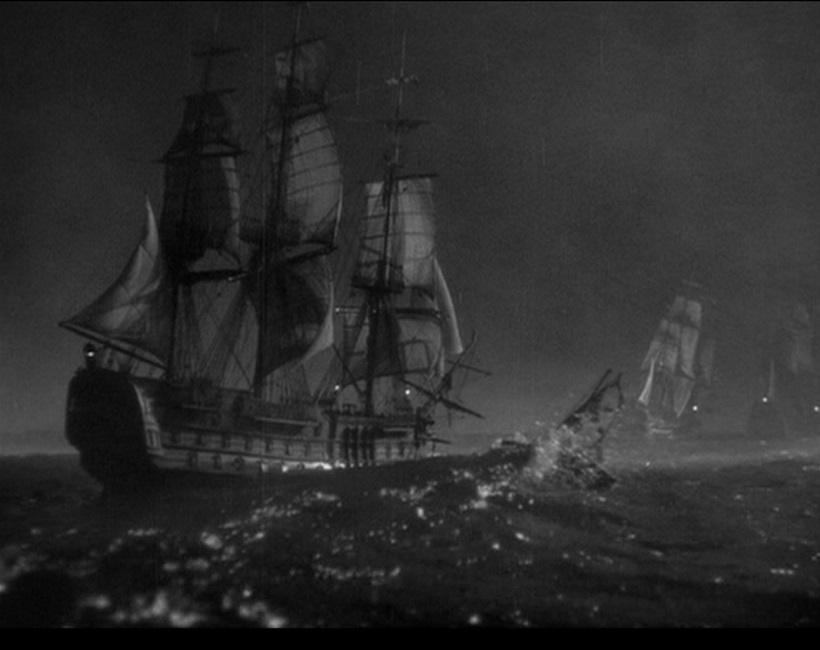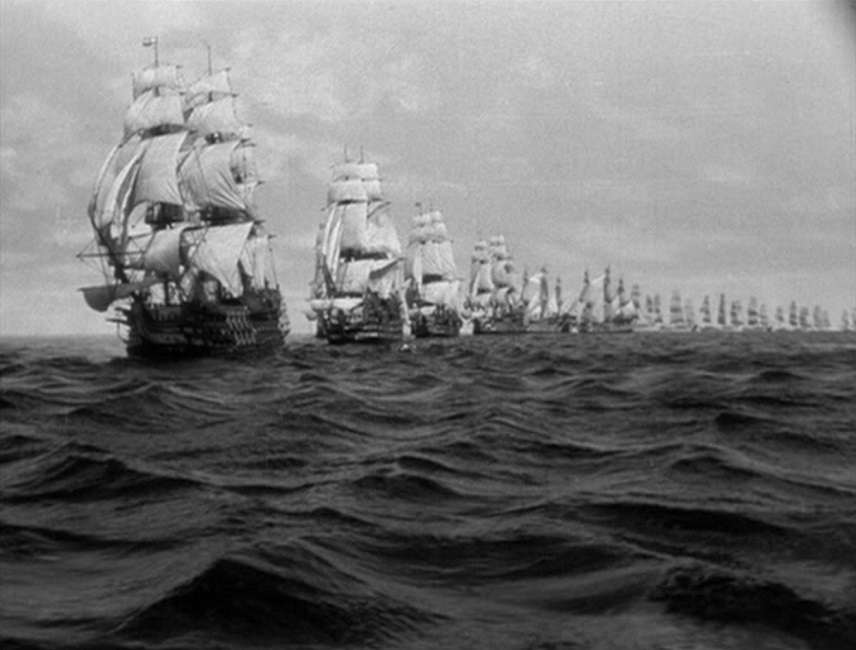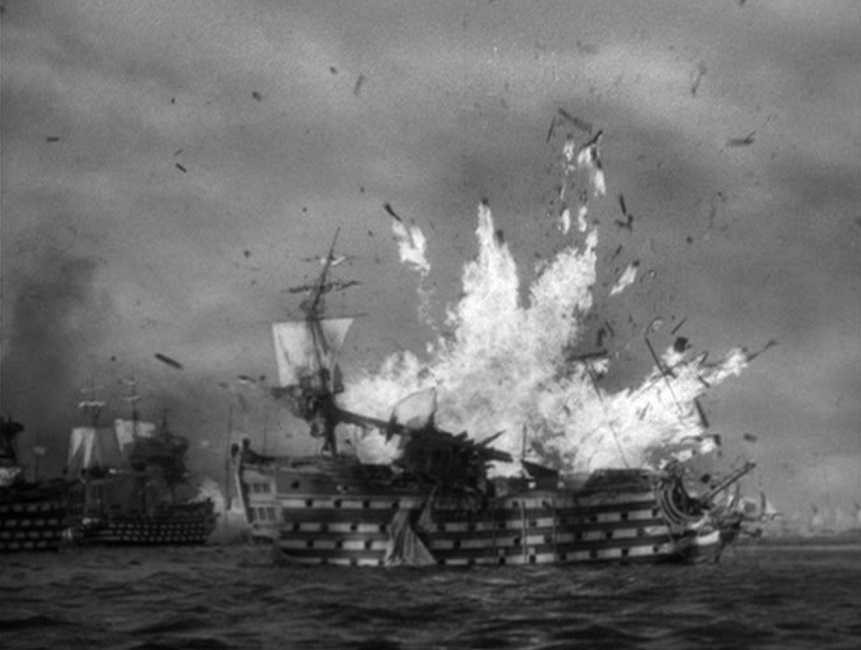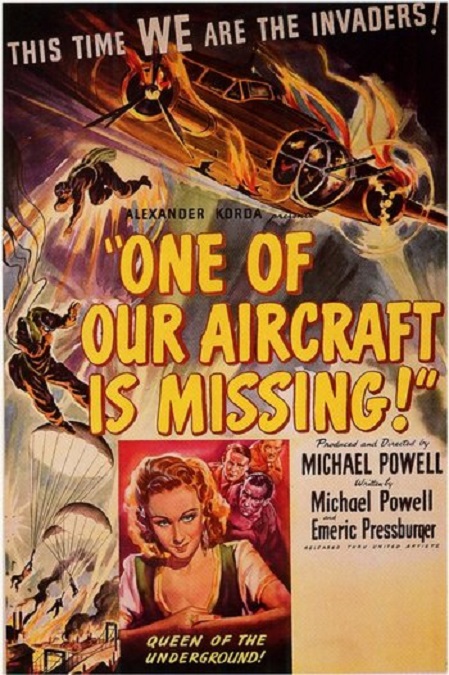
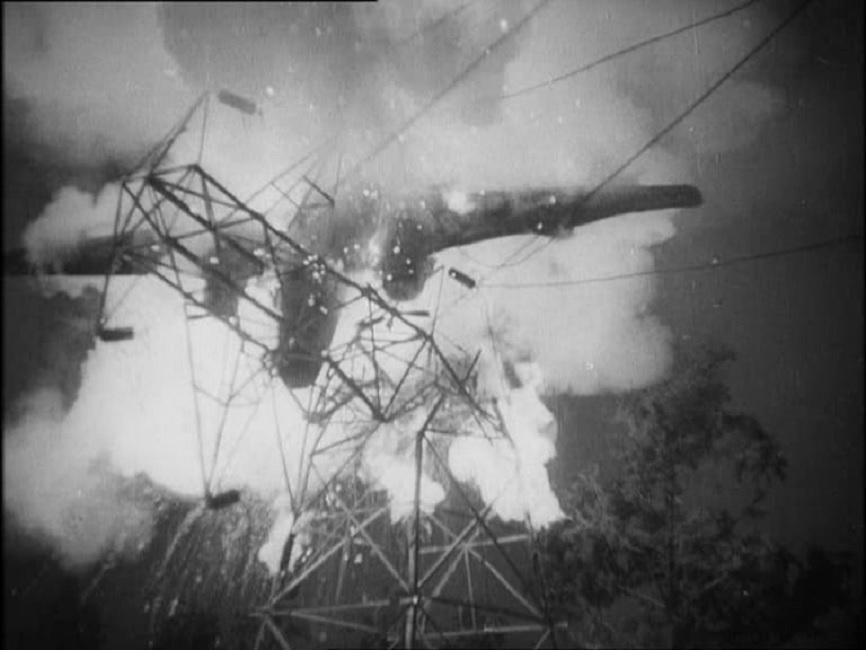
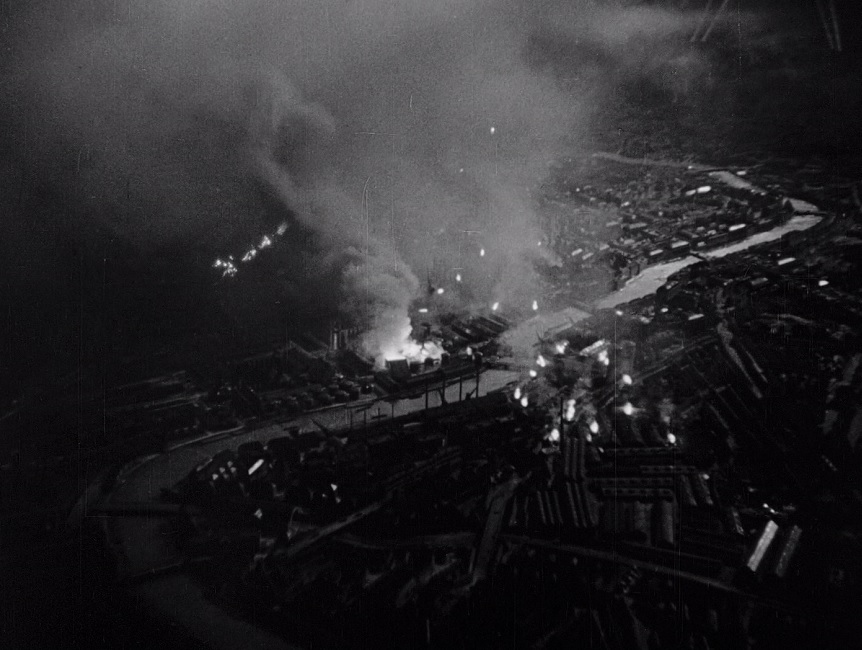
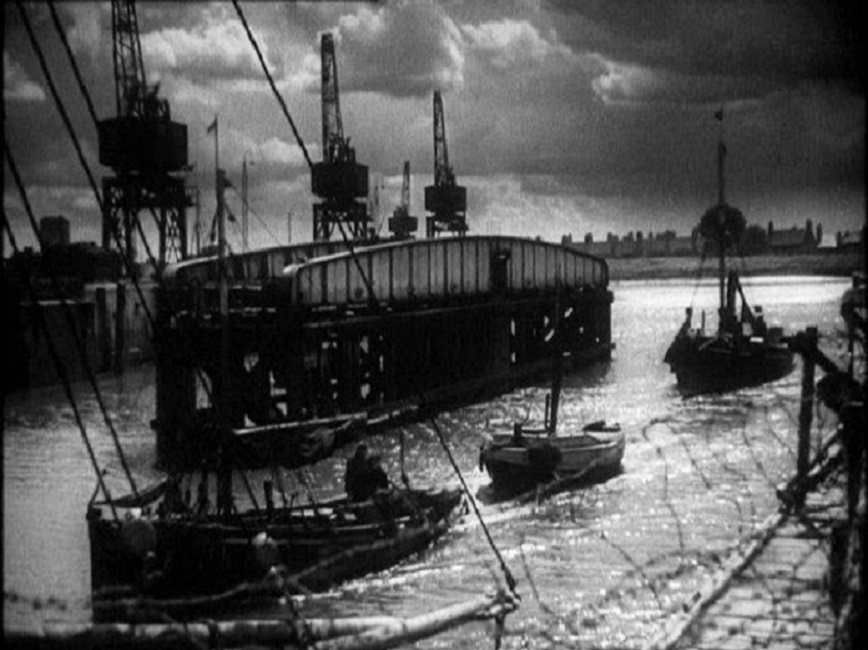
One of Our Aircraft is Missing – 1942

This movie surprised me in a very good way. Not only was it a really good movie, but the special effects were unlike anything I have ever seen. Innovative? You bet your boots! And I can say that after watching the first few minutes of the film, my expectations weren’t very high.
What I mean is that in the opening sequences, the quality of the film, in general, didn’t seem very good. The sound seemed off, somehow. Whenever any of the actors spoke, their voices sounded too high-pitched and nasal, like a cartoon character. And the picture on the screen looked dark around the edges, almost like some of those really early examples of film from the silent era. Also, there were no big American Hollywood names in the film, implying to me that there was no big American Hollywood money behind the production. The cast wasn’t completely unknown, but there were no superstars like Clarke Gable or Myrna Loy.
But as the opening sequence was drawing to a close, the incredible special effect of an airplane crashing into an electric tower and exploding in a fantastic ball of fire blew me away! My low expectations were proven completely wrong, and over the next hour and a half, I was drawn into a story that was exciting, intense, and incredibly well-told! It was a film that strove for realism and authenticity, and I think it really accomplished its goal. In fact, as a form of sound effect, there was no underscoring in the film, adding to the air of reality.
Many of the visual effects made use of the standard tricks of the trade in the 1940s. Matte paintings, rear-projection, and the like, made the sets and locations seem bigger than studio film lots. It is also important to note that when the production began filming, the script was unfinished, and was constantly being updated during production. Apparently, as new wartime technologies kept being invented, the script would be re-written to include them.
But there was one sequence in particular that caught my attention. The bombing of Stuttgart was incredible. Even now, I’m not sure how some of their effects were accomplished. As the Vickers Wellington Bomber flew over the burning city, anti-aircraft projectiles were hurtling through the sky. The image, on the whole, was fairly dark, but these streams of ephemeral light were streaking through the smoke. They looked like either focused beams of moving light being projected onto the smoke, or animated enemy fire. I’ve never seen such a technique used in film before, and it looked phenomenal!
According to Wikipedia, the Bomber was constructed in Riverside Studios, Hammersmith as a large-scale replica. It filled the entire studio floor and was fitted with lights and explosives for when it got shot down. It was an incredible special effects sequence that completely caught me off guard and surprised me with its innovative techniques and realism. Add to that a well-deserved nomination for Best Original Screenplay, and you have yourself some great film-making!
